While searching for World War II relics, metal detectorists Rafal Proszowski and Mariusz Lampa discovered a 2,000-year-old Roman sword that may have been part of an ancient burial ceremony.
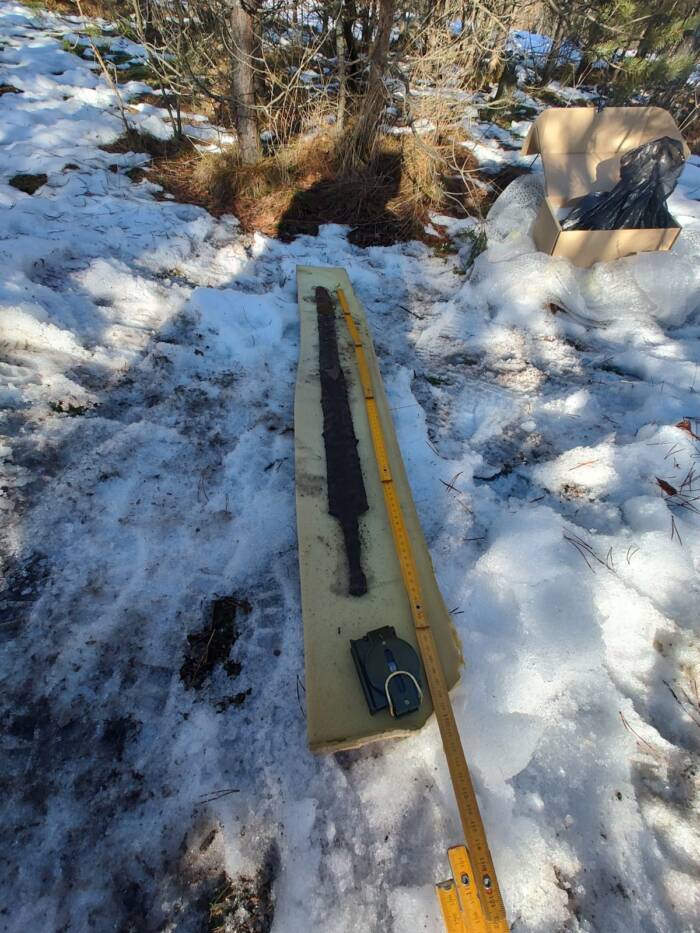
INVENTUM Association/FacebookThe 2,000-year-old sword is likely a spatha, a weapon typical of Roman infantry.
While searching for relics from World War II in the forests of southern Poland’s Jurassic Highland, metal detectorists Rafal Proszowski and Mariusz Lampa came across something much older: a Roman sword dating back nearly 2,000 years.
Shortly afterward, they reported the find to local authorities, with experts from the Częstochowa Museum taking the sword in for further analysis and preservation. Based on initial examinations, experts believe it to be an ancient spatha sword, a weapon typical of Roman infantry. The blade had also been broken into three parts, suggesting it may have been part of some kind of burial ritual.
Initial reporting of the discovery was done via a Facebook post from the INVENTUM association, a historical society to which Proszowski and Lampa both belong. In the post, the society remarked that the sword “may be another proof of the presence of the Przeworsk culture population (Vandals) in these areas during the period of Roman influence.”
Experts from the Częstochowa Museum, meanwhile, echoed the sentiment that this is indeed a rare and valuable find.
The Discovery Of A 2,000-Year-Old Roman Sword In Southern Poland
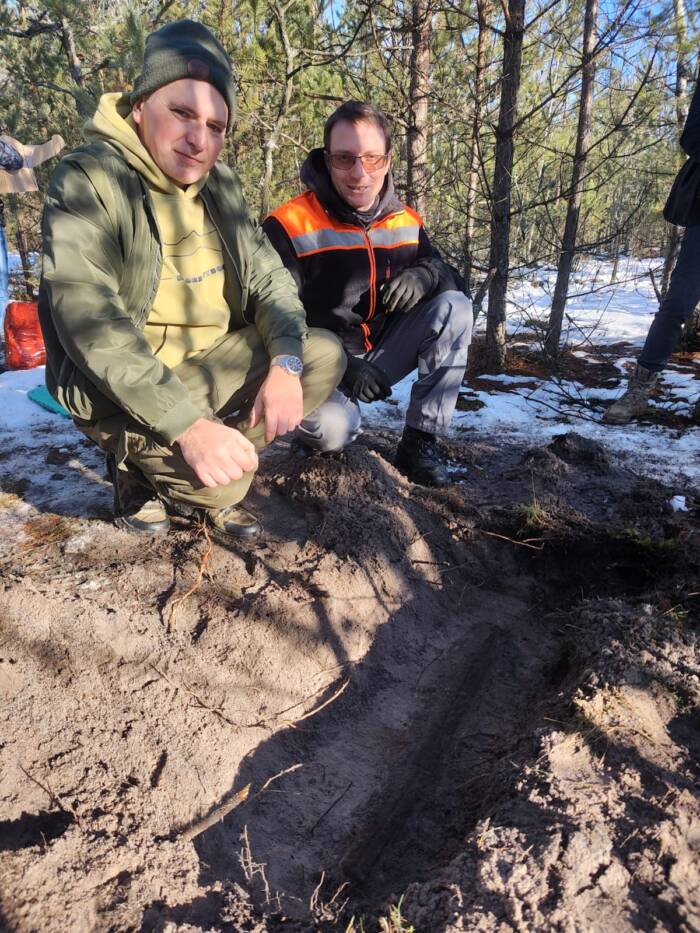
INVENTUM Association/FacebookMetal detectorists Rafal Proszowski and Mariusz Lampa pose with the ancient Roman sword on the spot where they found it.
Members of the INVENTUM association are history buffs, but their work typically focuses on finding relics from World War II. Naturally, both Proszowski and Lampa were shocked to find such an ancient artifact.
“We’d never found anything like this before,” Proszowski told the Gazeta Wyborcza daily.
In addition, they unearthed other artifacts including an axe and perfectly preserved spurs dating back to the Middle Ages.
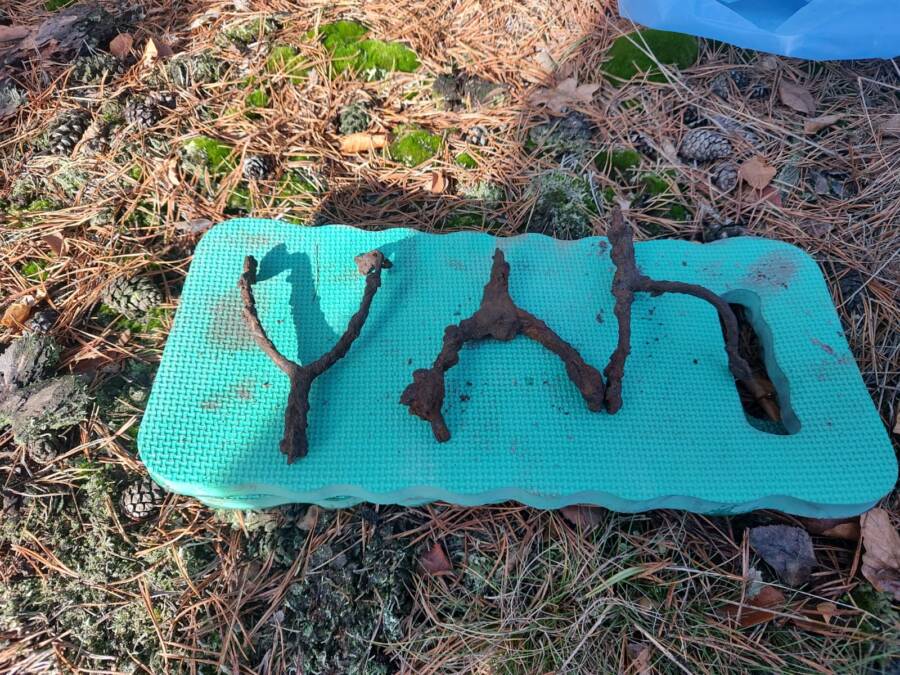
INVENTUM Association/FacebookThe well-preserved ancient knight spurs.
Once the artifacts had been handed over to the Częstochowa Museum, experts began the initial analysis and preservation work. They confirmed that the sword dates back to sometime around the third or fourth century C.E. and likely had connections to the Przeworsk culture.
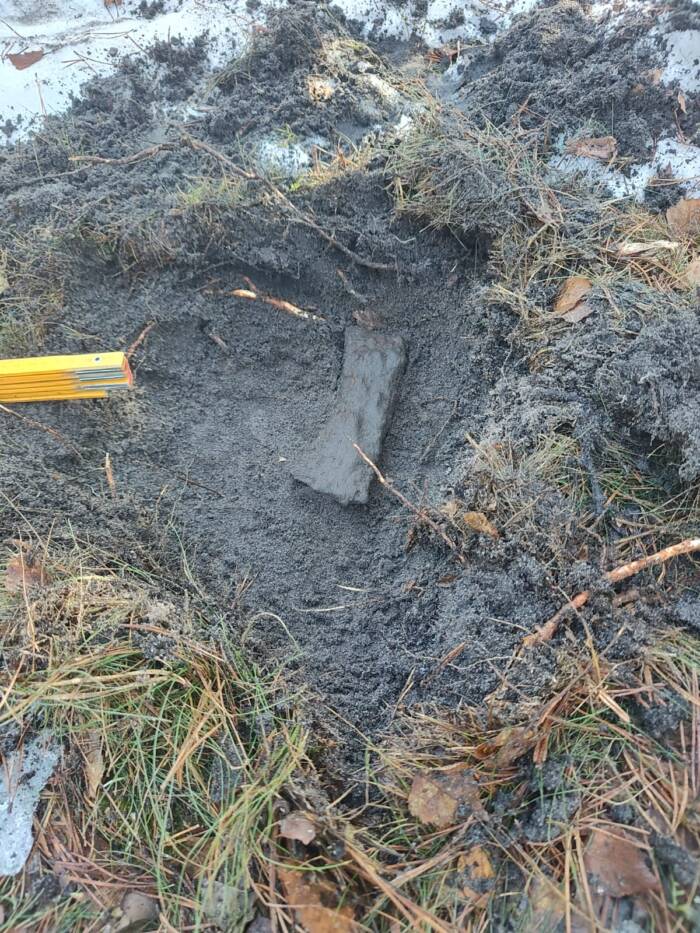
INVENTUM Association/FacebookThe head of an ancient axe found near the sword.
The Przeworsk culture was an Iron Age society that thrived between the third and fifth centuries C.E. in what is now Poland. It is named after the town of Przeworsk, where the culture’s artifacts were first identified. Based on archaeological evidence, the Przeworsk culture seemed to emerge out of influences from the Celtic La Tène culture and neighboring groups like the Vandals and the Jastorf.
Their burial methods typically involved cremation, with ashes placed in urns, and warrior graves often containing bent or broken weapons. Given that the newly discovered sword had been broken in two places, researchers suspect it too had been used in an ancient burial rite. Likewise, experts at the museum noted some marks on the blade itself that could suggest exposure to fire — though they need to conduct further testing to prove this hypothesis.
The sword was not the first piece of evidence linking the Przeworsk culture to the Vandals, either, though the exact nature of this connection is still somewhat debated.
Further Evidence Of A Connection Between The Przeworsk Culture And The Vandals
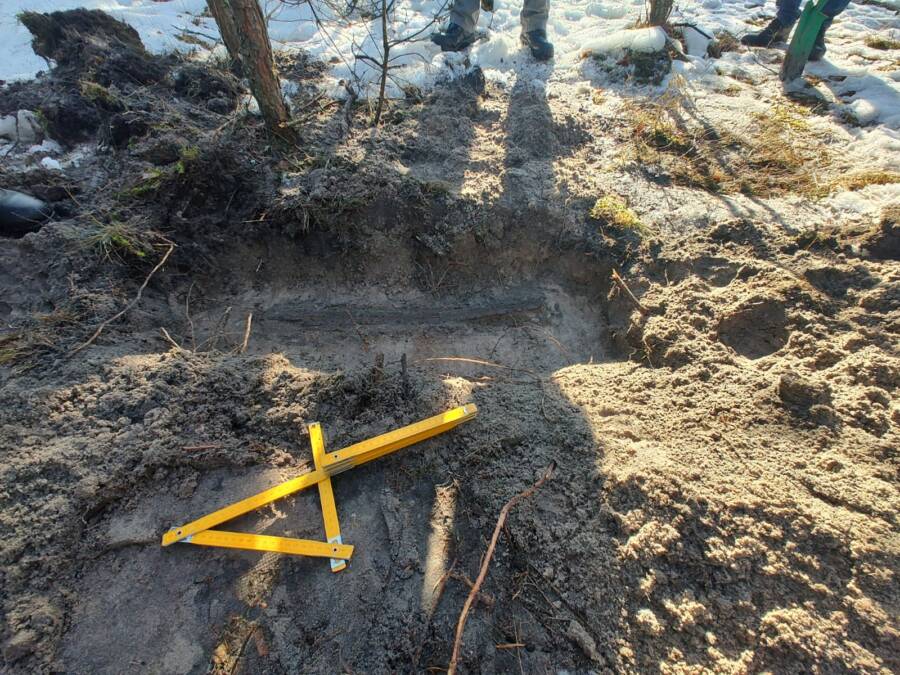
INVENTUM Association/FacebookThe sword was roughly three feet in length, broken in two places.
The Vandals were an East Germanic tribe first mentioned in Roman records as inhabitants of what is now Poland. They have been linked archaeologically to the Przeworsk culture as well, but this culture likely encompassed multiple ethnic groups.
Other historians have suggested the Vandals were actually part of the Lugii, a confederation of tribes mentioned by Roman authors. However, the overlapping and fluid nature of ancient tribal identities makes this somewhat difficult for historians to parse.
That said, other recent archaeological discoveries have further illuminated some kind of link between the Vandals and the Przeworsk culture.
In September 2024, for example, Archaeology Magazine reported on the discovery of two Vandal warrior graves unearthed in a cemetery near Glinka, Poland.
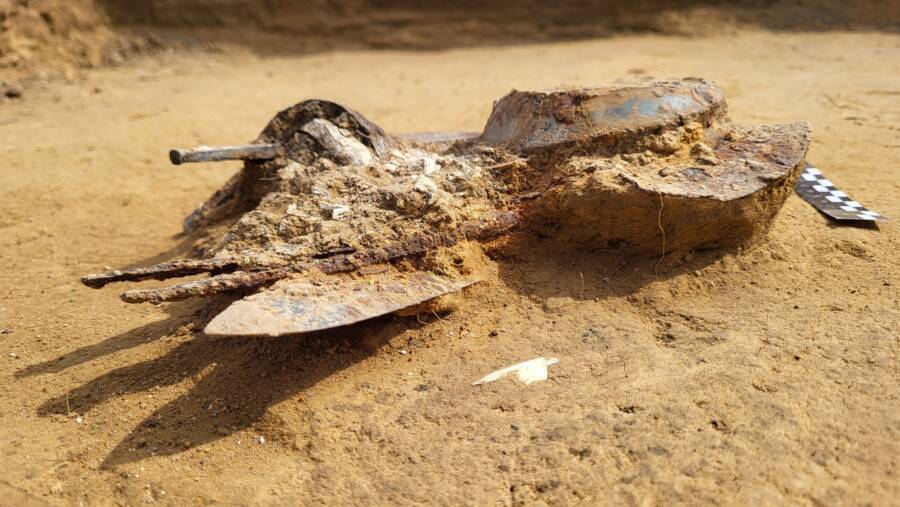
Provincial Office for the Protection of Monuments
in Kielce/FacebookArtifacts from the Polish Vandal graves discovered in September 2024.
“The remains, along with the ashes of the funeral pyre, were carefully placed in the graves—a clear indication of the ritualistic practices associated with Vandal burials,” excavation leader Marek Florek said at the time. However, the presence of a bent sword buried alongside the warriors was representative of burial practices typically associated with the Przeworsk culture.
Discoveries like this and the Roman sword suggest that various societies were deeply integrated with the local Przeworsk culture. While the exact nature of these integrations remains unclear, perhaps future discoveries could shed even more light on this ancient connection.
After reading about the Roman sword discovered in Poland, read about the recent discovery of a cave in Poland with evidence of prehistoric cannibalism. Then, learn about the English metal detectorist who stumbled across two spatha swords still in their scabbards.





